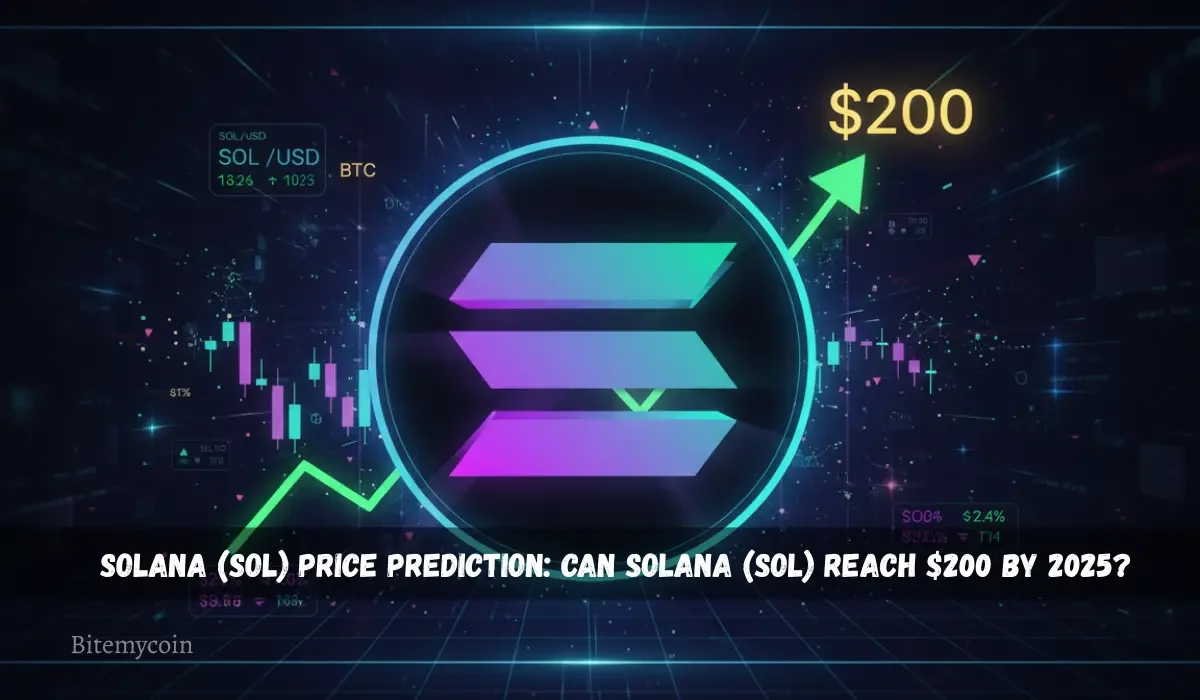JPMorgan Launches JPM Coin for Institutional Blockchain Transfers

Key Takeaways
- JPMorgan to lead the race in blockchain integration for traditional banking.
- JPM coin could increase banking efficiency and speed.
- JPM coin is not just another stablecoin.
- The regulatory and expansion outlook looks promising for JPM coin and similar ventures.
For their institutional clients, JPMorgan, the Fintech giant, is venturing into blockchain territories. With the JPM coin, JPMorgan is opening the doors to a new crypto journey. The JPM coin is a blockchain-based digital token that institutional investors can use for deposits.
The token is equivalent to dollar deposits at the bank. By making use of Coinbase’s Base public blockchain, JPMorgan’s institutional customers can send and receive assets over the blockchain.
Bypassing The Traditional Banking Delays
The global co-head of JPMorgan, Mr. Naveen Mallela, told Bloomberg on Wednesday that the JPM token’s rollout will help the customers to bypass traditional banking delays by enabling them to process payments within seconds.
This system is going to be operational for 24 hours a day, seven days a week. According to Mr. Mallella, JPMorgan is planning on expanding the versatility of JPM coin to other blockchains as well. Industry experts view this move as JPMorgan’s move towards adding digital assets to the core banking sector.
Higher Access to JPM Coin
Before the rollout, JPMorgan had extensively tested the system with major firms like Mastercard, Coinbase, and B2C2. Coinbase is reportedly going to accept the JPM coin as collateral for transactions. In addition to this, Coinbase will also make use of JPM coin for liquidity operations.
Mr. Mallella has also stated that the bank will enable the coin to be transacted to the clients of JPMorgan’s institutional clients. However, this is to come at a later stage as it is in its developmental phase. As the regulatory bottleneck is smoothened, JPMorgan has plans to expand the digital asset addition to other currencies as well.
According to Mr. Mallella, the JPM coin is different from other stablecoins as they are yield-bearing. This is because the token represents the US dollars deposited in the client’s bank account, which will naturally earn interest.
According to Mr.Mallella, the JPM token is going to gain more popularity among institutional investors when compared to stablecoins. In his talk with Bloomberg, Mallella stated the following: ”We think that stablecoins get a lot of buzz, but for institutional clients, deposit-based products offer a compelling alternative.” – sourced from Yahoo Finance.
In June, JPMorgan launched the JPMD banking token, which was followed by a trademark application for JPMD. The JPMD banking token was also launched on the Coinbase Base network. JPMD was tethered one-to-one to the US dollar. It was made available exclusively for the institutional clients of JPMorgan at the time.
Digital Assets For Faster Transactions
Banks are gearing up to adopt digital assets into their banking solution with one thing in mind: speed. Traditional banking has been plagued by transactional delays. With blockchain technology, banks believe that the banking sector can gain speed without compromising on security.
The JPM coin marks JPMorgan’s entry into the list of firms that are actively looking for blockchain-based banking solutions. Citigroup Inc., Banco Santander, Deutsche Bank, and PayPal are some other familiar names that are already in the market, looking for a sustainable way to integrate blockchain-based fast transactions.
In May, the Bank of Korea announced its central bank deposit tokens. These tokens also operated on public blockchains. According to the Bank of Korea, these were a form of stablecoin. However, this move by the Bank of Korea was not to enhance the speed of transactions; rather, it was to prevent the influx of traditional crypto stablecoins into the country.
Apart from JPMorgan, BNY Mellon is another fintech giant who had also integrated digital assets into their banking solution as a way to modernize their payment infrastructure and to explore the possibilities of blockchain in the banking sector.
Conclusion
The introduction of JPM coin marks the beginning of digital assets bridging traditional banking with blockchain technology and its perks. By enabling instant 24/7 banking at high speed and low costs, which are backed by real deposits, JPMorgan is trying to redefine efficiency.
JPM coin could set a new benchmark for digital innovation in the banking sector; however, it has to overcome certain regulatory bottlenecks. If JPM coin succeeds in its mission of merging traditional banking’s trust with the speed and transparency of blockchain technology, it will modernize payment systems and put JPMorgan at the forefront of the evolving banking landscape.
Crypto & Blockchain Expert



